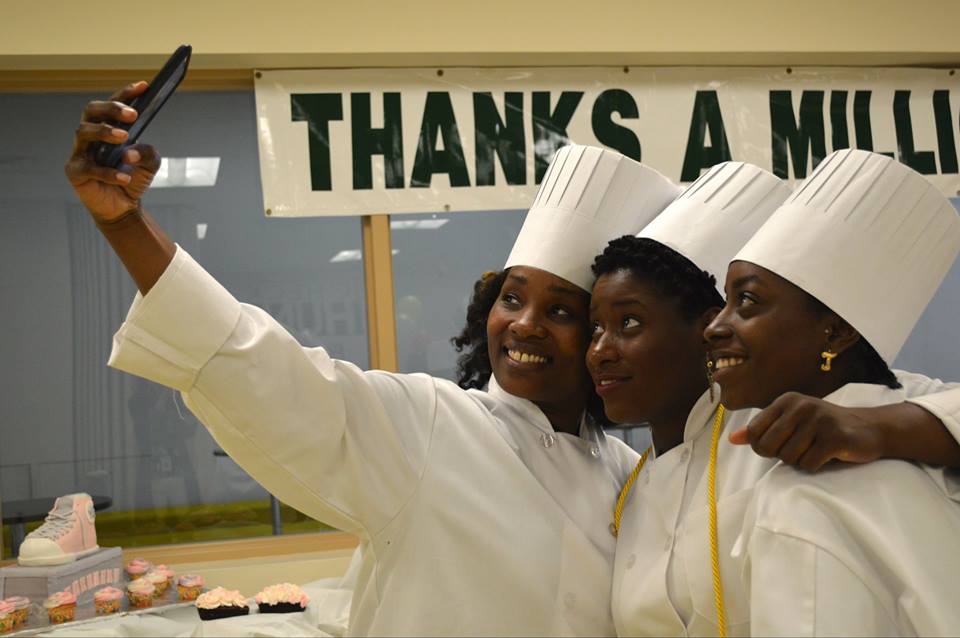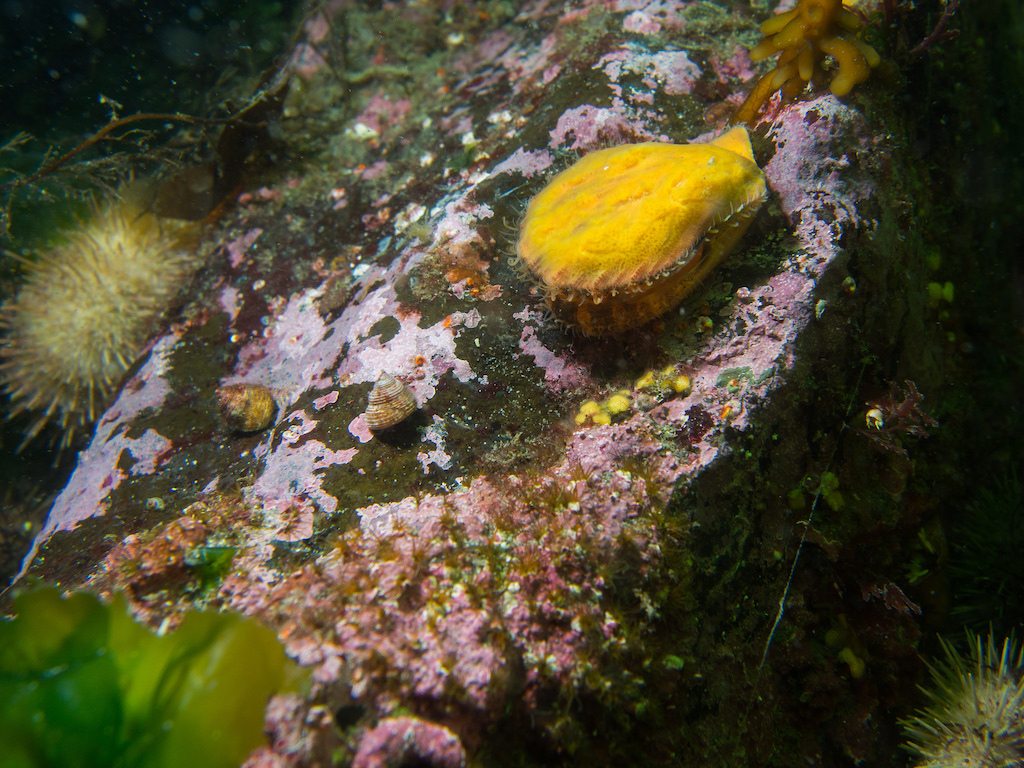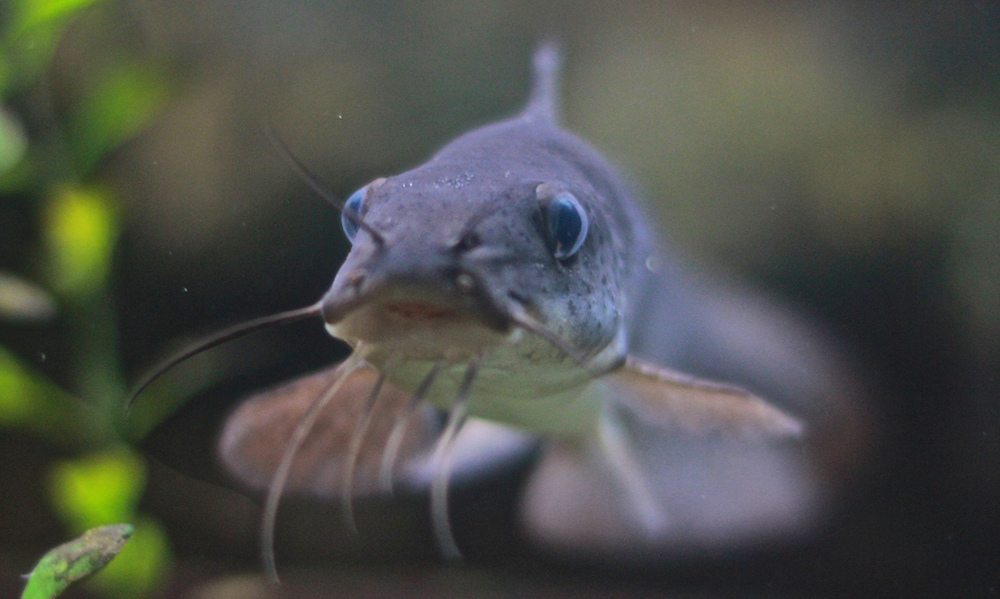
Roughwood Seed Collection
On a winding road outside Philadelphia, a peach-colored house is crammed with glass jars filled with seeds. Thousands of containers fill an entire back room—in boxes that cover a folding table, in refrigerators and freezers, in closets and cabinets. There are nearly extinct heirloom tomatoes, white cucumbers that were staples of the Pennsylvania Dutch, hot peppers that 19th-century African Americans treasured, and melons used in Medieval medicine.
This is the Roughwood Seed Collection, representing more than 4,000 varieties of food plants. Compared to the world’s larger seed banks, such as the World Vegetable Center, which shelters almost 60,000 varieties in Taiwan, Roughwood is modest. But it is one of the world’s largest private collections, noteworthy for its preservation of history and culture, for its splendid rarities—and for the fact that unlike the big seed banks, it is willing to share with individuals and commercial enterprises.
https://www.instagram.com/p/BCQmNqnTCjv/
Seeds, of course, are an excellent way to preserve plant genomes. They’re compact, stable, and long-lasting. A few years ago, a date palm seed thought to be roughly 2,000 years old sprouted, making it the oldest known seed to germinate. That’s the exception, though. Most seeds have only a few years before they die—longer if they’re kept at low temperatures. To really preserve a plant species, seed bankers must periodically replant—allowing their seeds the chance to sprout, bear fruit, and provide a new harvest.
That’s what makes seed banking a challenge. The house where owner William Woys Weaver lives and maintains the collection sits on a few acres, enough to grow out 250 varieties per year. Kutztown University has pitched in, offering space for another 150 varieties. That’s 10 percent of the collection per year, not nearly enough to guarantee the viability of the whole.
“Since I’ve been here, I’m sure we’ve lost something that we were the last people on earth to have,” says Owen S. Taylor, Roughwood’s manager.
It’s one of those problems that can be solved only with money. And as the clock ticks, Weaver and Taylor are banking on an elegant solution: they’ll let the seeds pay for themselves.
Living History
 Roughwood Seed Collection
Roughwood Seed Collection Dr. William Woys Weaver
The collection sprouted in the midst of the Great Depression. William Weaver’s grandfather, H. Ralph Weaver, set out to feed his family with food grown from the single acre around their home. H.R., an accountant, gathered seeds from his relations in Lancaster. What began as a necessity become an obsession, and by the 1940s H.R. had a garden that cycled through hundreds of crops from the Pennsylvania Dutch and the local Native American and African American farming traditions. In this garden and spirit of devotion he raised his grandson, William.
After his grandfather’s death, Weaver discovered the heart of the collection—a deep freeze filled with hundreds of baby food jars of seeds—while home from college. Soon after, he was on his way to New York City, to a career in publishing and architecture, but found himself on the train back to Pennsylvania each weekend on a campaign to revive his grandfather’s garden.
Finally, as Weaver wrote in a 2008 autobiographical essay, he took a piece of advice from his grandmother. “Live above money,” she said. “Put your heart in front of you and follow it.”
Weaver has since devoted himself to the collection of seeds and the history of food. That devotion inspired him to write 16 books that meld recipes, botany, travelogue, and social history (including Heirloom Vegetable Gardening: A Master Gardener’s Guide to Planting, Seed Saving, and Cultural History). That devotion was there as he toted around a photograph of a melon for five years, until, in a kitchen in a mountain village in Cyprus, he could finally nail down its name. And that same devotion found him in a snake-infested vineyard searching for wild garlic in the heat of July. “I shouldn’t have been out there in sandals,” Weaver says.
 Roughwood Seed Collection
Roughwood Seed Collection Left: An 1840s woodcut of corn varieties featuring King Philip Flint corn, second from right. Right: King Philip Flint corn at Roughwood
Now, 4,000 varieties deep, the devotion shows no signs of flagging. His travels in the Eastern Mediterranean have made him the recipient of seed varieties threatened by the Syrian Civil War, as profiled in this Al Jazeera America report.
It’s not just about biodiversity. For Weaver, each variety is a story of how people got along in the world.

Horace Pippin, Sunday Morning Breakfast, 1943
Take, for example, Horace Pippin’s fish peppers. The pioneering African American folk painter was a friend to Weaver’s grandfather, who in return for the rare pepper seeds gave Pippin stings from honeybees, a bygone treatment for arthritis. The pepper, once popular in African American gardens and kitchens of the Chesapeake Bay, was forgotten until the younger Weaver revived it many years later and got it into hands of a catering chef serving Baltimore’s black community.
Some of the varieties remain a mystery. Weaver has grown squash from his grandfather’s jars that no one can identify. These plants fed the Native Americans who were nearly erased from the Mid-Atlantic seaboard, and these mysterious squash are among the few living strands of that world.

Roughwood’s strategy these days is part triage—identifying the seeds most in need of attention—and part fund-raising and business development. Both have their complications. For example, one of the high points of the collection is a set of dozens of pre-Columbian corn varieties, some of them still culturally important to Native Americans. Corn needs a sizable crop to germinate properly; to protect the strain, it needs a two-mile buffer from the belts of GMO corn that cross the state. That leaves the Kutztown plot out of the question, so the corn has to be grown out at Roughwood, taking up a lot of space in a small garden.
Fund-raising, meanwhile, is being carried out on several fronts. Through an Indiegogo campaign, Roughwood seeks to raise $50,000—in part for immediate needs, such as deer repellant and straw. But the enduring purpose is start-up capital for a seed selling business.
 Thomas Parry
Thomas Parry “What we want is to get these seeds out to many more people and in that process sustain our work here,” Taylor says.
Roughwood is currently selling seeds both through its own website and through Baker Creek Heirloom Seeds, transforming from a private organization to a nonprofit devoted to seed preservation with—they hope—a healthy side of commerce. Glance at Roughwood’s website and you’ll notice that the prices are called “donations.”
As a seed shop, Roughwood is positioning itself as a specialist. It won’t pull in large numbers of farmers looking for well-known varieties. Rather, Roughwood hopes to attract farmers, chefs, and gardeners looking for rare heirlooms.
“We’ve got the stuff you’ve never heard of,” says Taylor.
But more than customers, Roughwood wants partners in seed preservation. Each packet will come with your customary planting instructions, but also with advice on how to collect, preserve, and spread the seeds to others. Weaver and Taylor want to share the know-how, the art of keeping agricultural history alive.
The learning curve
 Thomas Parry
Thomas Parry Imperial Winter Lettuce seeds
On the morning I visited Roughwood, Taylor had an order to fill: Imperial Winter Lettuce.
“Lettuce is our perennial curse,” Weaver mourns. “We haven’t gotten the germination that we should.”
“I’ve got a whole new system figured out,” Taylor assures Weaver. Taylor’s just back from the Organic Seed Growers conference in Oregon and is full of ideas. He takes me out to greenhouse to show me what he’s learned.
The greenhouse, a small Quonset hut sheathed in transparent plastic, is over-packed with rare plants toughing out the winter.
Taylor produces a large mixing bowl of dry stalks with feathery white ends. We strain the seeds from the chaff, shaking the threshed plants in sieves over bowls. Taylor then takes the bowl outdoors and gently tosses the strained plant matter while blowing into the bowl. The fluff among the seeds races up to the lip of the bowl and flies away on the breeze.
Until now, Roughwood has survived on a few seed sales and the generosity of its volunteers and sponsors, such as the Experimental Farm Network. Its transition to a non-profit business poses a steep climb. “The biggest difficulty is getting that start-up money we need to get to the next level, or even through this year,” Taylor says. “If we can’t do that, I don’t know how we’re going to make it.”










